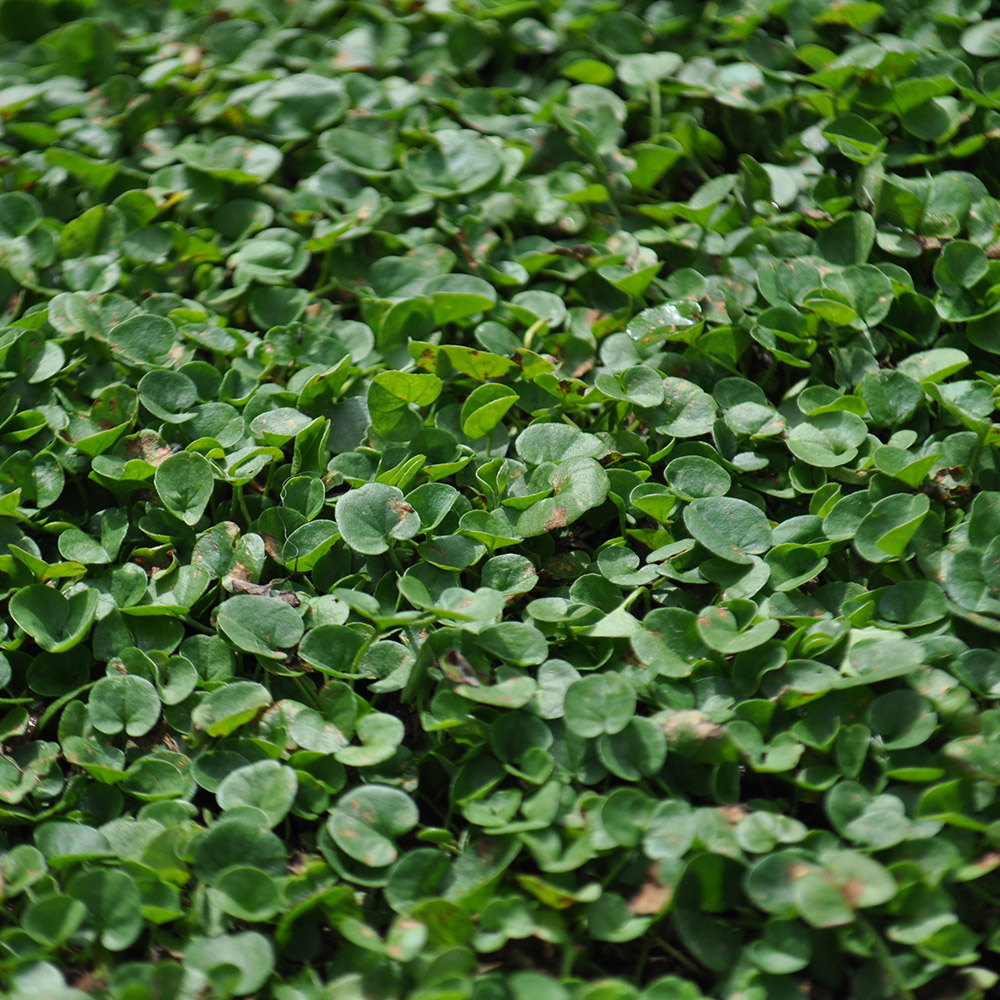
A vast expanse of lush green lawn makes sense in many areas of the country, and for many budgets. But in an area like Southern California, where rainfall is a rare commodity, it doesn’t make sense for many homeowners to pursue traditional grassy landscaping.
If you’re looking for an alternative to grass that will save you time and money, as well as benefit the local water supply, check out these creative solutions.
Dymondia is a type of flowering plant from the Daisy family. This plant spreads slowly and is very flat – only about three inches tall – so it makes a great ground cover. It has deep roots that allow it to be very drought tolerant, so you won’t have to water it nearly as frequently as you would a grass lawn. Dymondia doesn’t tolerate a heavy, non-draining soil, but is otherwise a very hardy plant. It can handle some foot traffic, which makes it easy to access other nearby plants for maintenance.
Dichondra is a creeping, flowering plant from the Morning Glory family. It grows best in full sun, making it ideal for our climate here in Southern California. You may find that it doesn’t work in areas that receive a lot of foot traffic, so keep that in mind if you have young children who play in the yard. Dichondra requires well-drained soil and a high-nitrogen fertilizer. It does not flower which makes it a good plant for those who prefer minimal bee presence.
Artificial turf is a great way to achieve the look of a grassy lawn, but without the hassle and expense of regular upkeep. Imagine never having to mow the grass again! Artificial turf does require professional installation, of course, and you may incur some upkeep from cleaning it.
Xeriscaping is a resourceful way to create low water landscaping from materials such as rock, mulch, sand, and plants which require little water. When designed and implemented correctly, xeriscaping can be very attractive and increase the curb appeal of your home. Your former lawn area can require much less water, zero mowing, and minimal upkeep.

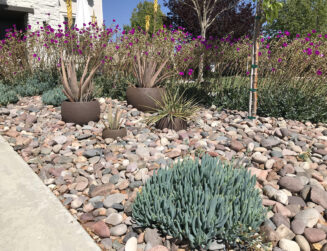
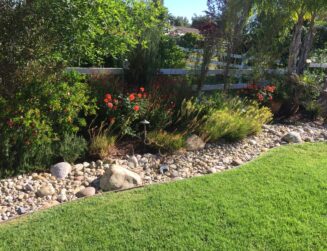
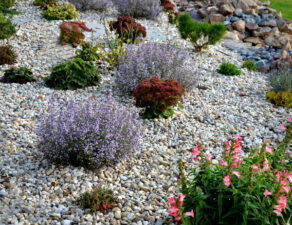
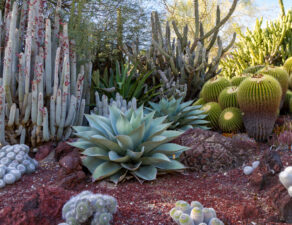
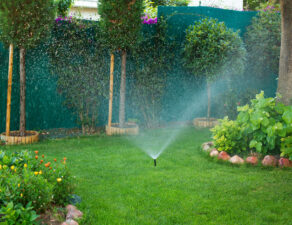
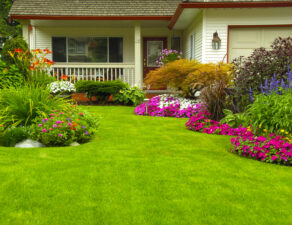


Write a comment: